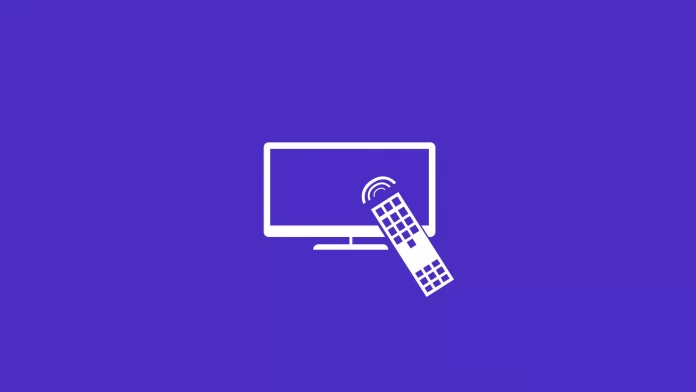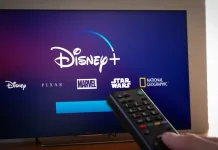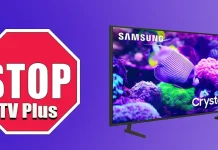A few days ago, Nielsen published a report indicating that streaming has overtaken cable for the first time in terms of viewing hours.
Of course, Nielsen directly points out that this is about TV viewing time (even the news report looks like this):

Still, it surprised people because almost everyone (and even me) was sure that streaming had beaten cable a long time ago.
Many people were surprised. Several friends wrote or called me to see if I was wrong about the article. Some wrote to the post (although no one left a comment under the post). And many were surprised by the comments on Engadget and other blogs.
It seemed pretty evident that streaming was more popular than cable. And yet the Nielsen report indicates that streaming has only recently overtaken cable by 1%.
So what is the problem?
The problem is simple enough because Nielsen uses the TV panel and only includes TV data (both cable and Internet-connected) in the sample. It turns out that the sample does not include other devices through which people mostly watch streaming (the share of cable and broadband is at the level of error if any). As a result, the picture is essentially correct, but many people interpret the data incorrectly. Nielsen analyzed the hours of viewing content on TVs.
This means we can’t conclude from this data that people are watching more in general, across all devices. And that doesn’t give us a true picture as far as streaming is concerned.
How popular is streaming compared to cable and broadcast?
For that, we need to refer to other data, such as Conviva, in which they indicated that in Q1 2022, big screens (which includes connected TVs, Smart TVs, and gaming consoles) took 77%.
That said, for other types of viewing (cable and broadcast), the big screen is the only way to watch. So based on this data, we can conclude that the share of streaming is 47.4%, cable 27.8%, broadcast 17.4%, and other 7.4%.






